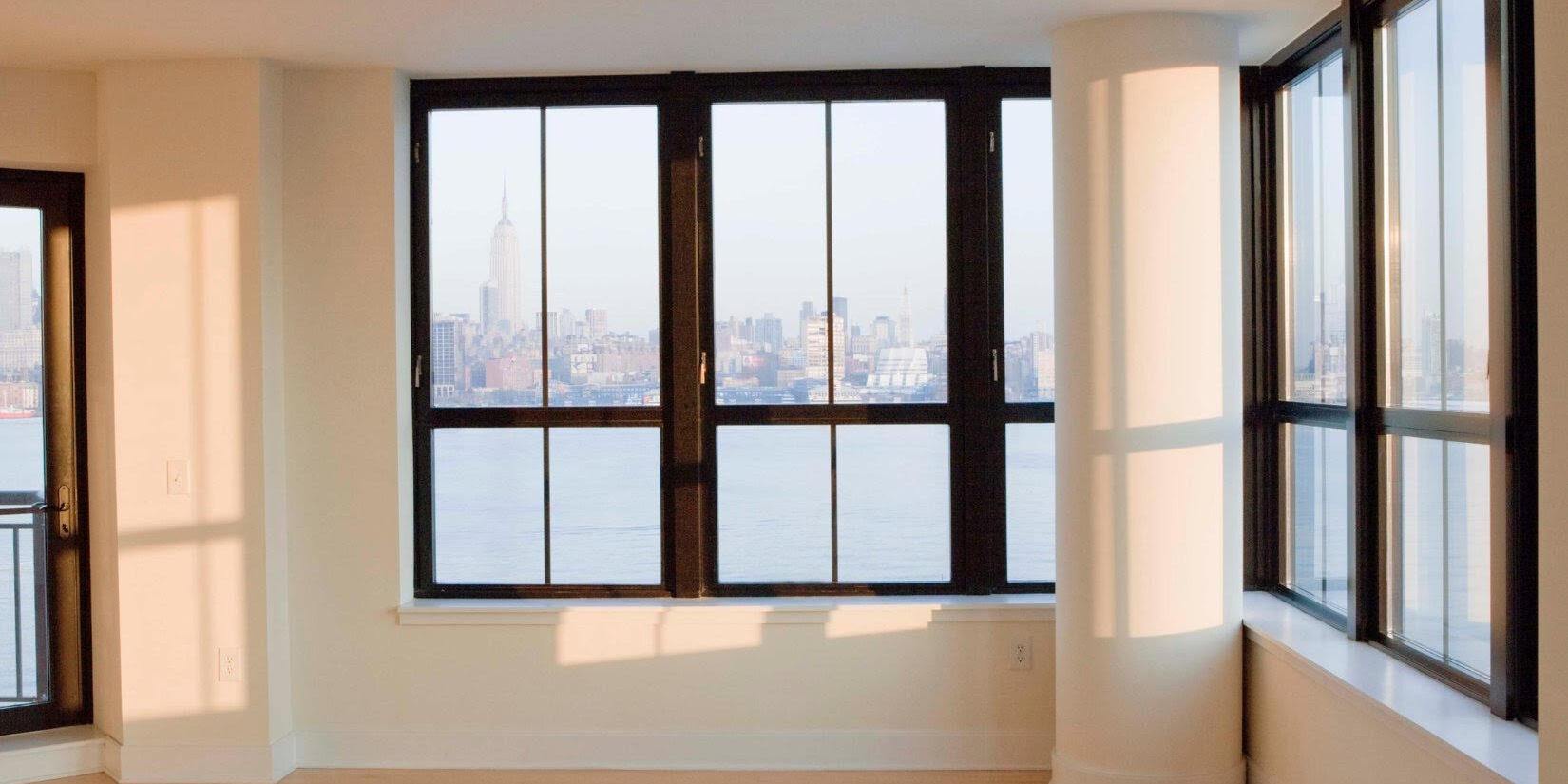Protecting a vacant home is crucial to prevent vandalism, break-ins, and potential damage from maintenance issues. Here are some effective strategies:
1. Secure the Property
- Locks and Reinforcements: Ensure all doors and windows have high-quality locks. Consider installing deadbolts and reinforcing sliding doors with rods or tracks.
- Alarm System: Install a security alarm system with window and door sensors. Many modern systems can alert you via smartphone.
- Motion-Sensor Lights: Install outdoor motion-activated lights to deter intruders by illuminating the area when movement is detected.
2. Smart Home Technology
- Video Surveillance: Install cameras around entry points and the perimeter. Smart cameras allow you to monitor activity remotely.
- Smart Locks: Consider using smart locks to control access remotely if someone needs to enter, such as for maintenance.
3. Make the Home Look Occupied
- Timers for Lights: Use timers to turn lights on and off at various times to create the illusion of occupancy.
- Curtains or Blinds: Keep curtains or blinds slightly open so the home doesn’t look obviously vacant, but don’t allow a clear view of valuables.
- Park a Car: If possible, keep a vehicle in the driveway or arrange for a neighbor to occasionally park there.
4. Regular Maintenance
- Lawn Care: Hire someone to regularly mow the lawn or remove snow. Overgrown lawns or an unshoveled driveway are clear indicators that no one is home.
- Mail and Deliveries: Put a hold on mail and packages or have someone collect them regularly so they don’t pile up.
5. Neighborhood Watch
- Inform Trusted Neighbors: Let a trusted neighbor know that the home is vacant. They can keep an eye out for suspicious activity.
- Emergency Contact: Provide neighbors with your contact information or that of a property manager in case of emergencies.
6. Utilities and Interior Protection
- Water System: Turn off the water supply to avoid flooding from leaks. Drain pipes if the home will be vacant during winter to prevent them from freezing and bursting.
- Heat: Set the thermostat to a safe level to prevent freezing pipes or excessive humidity.
- Unplug Appliances: Unplug unnecessary appliances to reduce the risk of electrical fires.
7. Insurance Coverage
- Vacant Home Insurance: Check with your insurance company to ensure your homeowner’s policy covers a vacant home. Standard policies often have limitations on vacant properties, so additional coverage may be necessary.
8. Install a Security Sign
Even if you don’t have a professional security system, placing security company signs and decals around the property can serve as a deterrent.
9. Reinforce Vulnerable Entry Points
- Windows: Install security film or window locks to make windows harder to break or open.
- Garage Doors: Secure garage doors with extra locks or disable the automatic opener to prevent unauthorized access.
10. Visit Regularly
- Regular Check-ins: Visit the home periodically if possible, or hire someone to do it. Physical visits help to ensure everything is in good order and prevent small issues from becoming big problems.
By combining these measures, you can significantly reduce the risk of vandalism, theft, or damage to a vacant home.
Contact Gulf Life Real Estate and start working with a professional who can help you navigate all aspects of the home buying process







